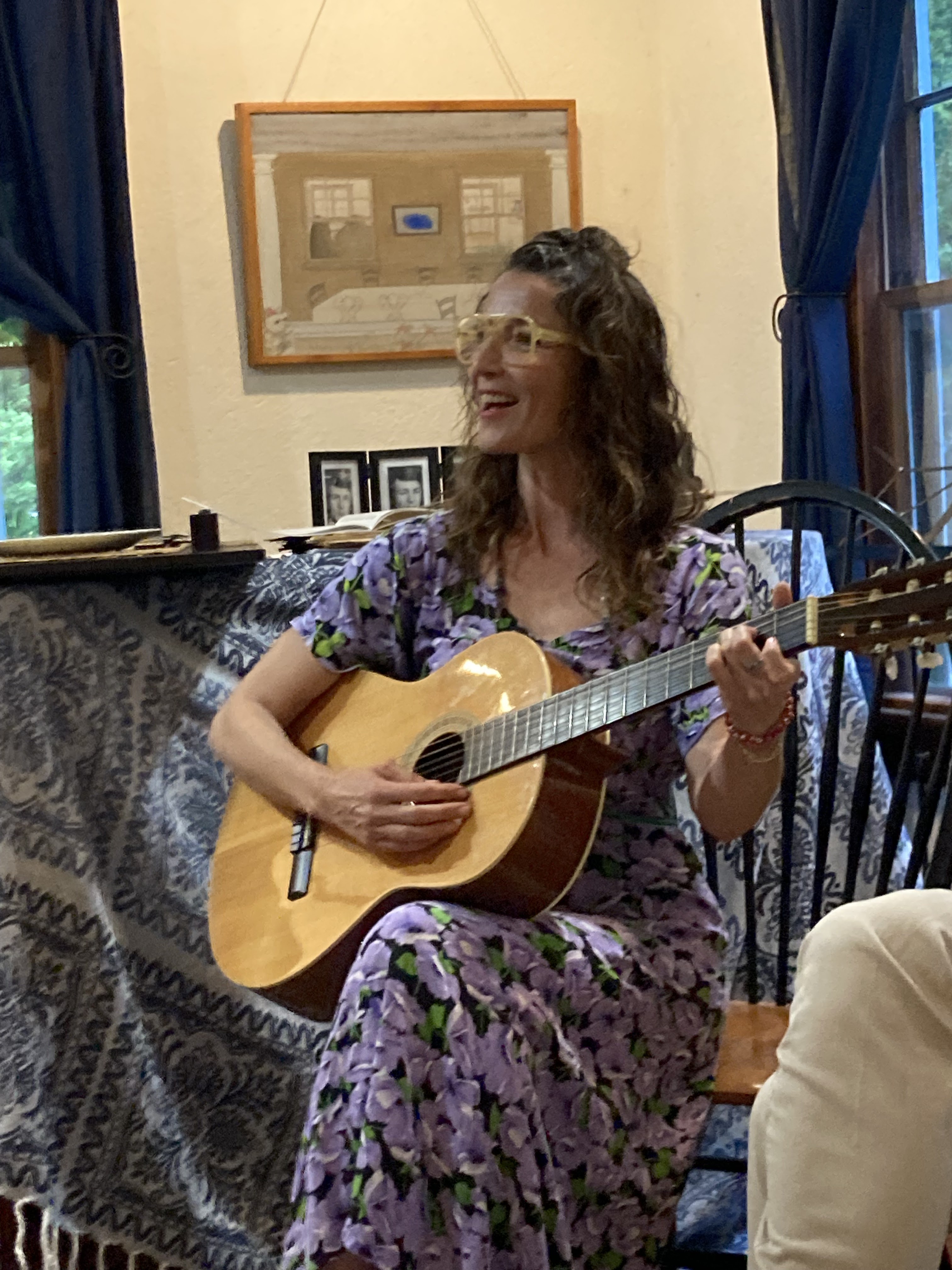By Richard B. Primack and Michael Baum
On Saturday, September 21, we celebrated the life of our colleague Jelle Atema, with his family, friends, former students, and members of the BU community in attendance, including Ian Davison, Rudi Strickler (a former BUMP faculty member), and the two of us. The event was held at his comfortable home just a short walk from the Woods Hole town center, which provided an ideal setting for informal conversations about Jelle.
While many of us in the BU Biology Department experienced Jelle as a marine biologist with a world-famous program in lobster sensory biology, at the memorial he was instead celebrated for his family and love of music.
During the memorial, four of his six children shared memories of Jelle’s strong influence as a father, a scientist, and a musician. His partner, Meg, described how after retirement, Jelle shared his love of music by participating in concerts and hosting musical events at their home. In his remaining years, he deliberately chose to focus on music rather than his professional realm of science and marine biology.
 |
| Photo 1: Meg and Michael. |
His son, Jurgen, and others acknowledged the difficult times they all faced during the last months of Jelle’s life. They urged everyone to bring people experiencing Alzheimer’s disease out into the world and not hide them away.
 |
| Photo 2: Jurgen talking about his father. |
His son, Ate, recalled how a year ago, Jelle began the process of “de-rigging” his life (a sailing metaphor) to pass on his legacy to his family. In the months before he died, Jelle started complaining that something was wrong with his flutes because they did not seem to be working anymore, an illustration of what was slipping away for him.
The memorial event featured an extensive music program, including a string and recorder quartet who played Bach. In 1981, Jelle asked his friend and pianist Randall Elgin to play a Mozart rondo at his funeral, and she fulfilled his request.
 |
| Photo 3: Randall at the piano. |
Jelle’s son, Ate, and granddaughter played a Bach minuet.
Video 1: Violin duet.
His daughter, Sunny, played freestyle music about Jelle and their family on guitar and piano, which included the phrasing, “Bring people into the world. Family, it’s in the clouds.”
 |
| Photo 4: Sunny shares her music. |
More about Jelle and his life can be found at: LINK


































